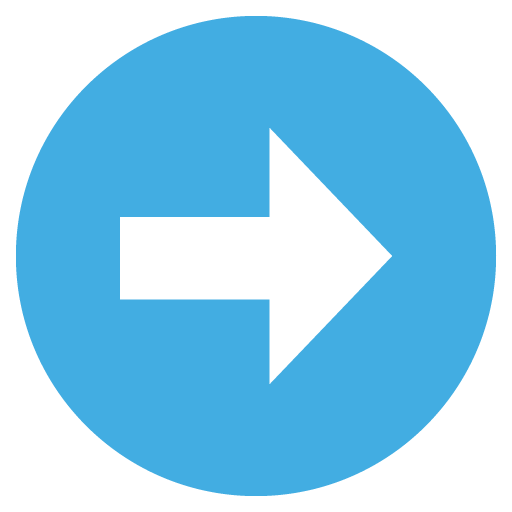Sure
 Brain Structures and their Functions
Brain Structures and their Functions- Cerebrum
- Cerebellum
- Limbic System
- Brain Stem
The nervous system is your body's decision and communication center. The central nervous system (CNS) is made of the brain and the spinal cord and the peripheral nervous system (PNS) is made of nerves. Together they control every part of your daily life, from breathing and blinking to helping you memorize facts for a test. Nerves reach from your brain to your face, ears, eyes, nose, and spinal cord... and from the spinal cord to the rest of your body. Sensory nerves gather information from the environment, send that info to the spinal cord, which then speed the message to the brain. The brain then makes sense of that message and fires off a response. Motor neurons deliver the instructions from the brain to the rest of your body. The spinal cord, made of a bundle of nerves running up and down the spine, is similar to a superhighway, speeding messages to and from the brain at every second.
The brain is made of three main parts: the forebrain, midbrain, and hindbrain. The forebrain consists of the cerebrum, thalamus, and hypothalamus (part of the limbic system). The midbrain consists of the tectum and tegmentum. The hindbrain is made of the cerebellum, pons and medulla. Often the midbrain, pons, and medulla are referred to together as the brainstem.
The Cerebrum: The cerebrum or cortex is the largest part of the human brain, associated with higher brain function such as thought and action. The cerebral cortex is divided into four sections, called "lobes": the frontal lobe, parietal lobe, occipital lobe, and temporal lobe. Here is a visual representation of the cortex:
http://serendip.brynmawr.edu/bb/kinser/images/humanlobes.gifWhat do each of these lobes do?
Frontal Lobe- associated with reasoning, planning, parts of speech, movement, emotions, and problem solving

Parietal Lobe- associated with movement, orientation, recognition, perception of stimuli

Occipital Lobe- associated with visual processing

Temporal Lobe- associated with perception and recognition of auditory stimuli, memory, and speech
Note that the cerebral cortex is highly wrinkled. Essentially this makes the brain more efficient, because it can increase the surface area of the brain and the amount of neurons within it. We will discuss the relevance of the degree of cortical folding (or gyrencephalization) later. (Go here for more information about cortical folding)
A deep furrow divides the cerebrum into two halves, known as the left and right hemispheres. The two hemispheres look mostly symmetrical yet it has been shown that each side functions slightly different than the other. Sometimes the right hemisphere is associated with creativity and the left hemispheres is associated with logic abilities. The corpus callosum is a bundle of axons which connects these two hemispheres.
Nerve cells make up the gray surface of the cerebrum which is a little thicker than your thumb. White nerve fibers underneath carry signals between the nerve cells and other parts of the brain and body.
The neocortex occupies the bulk of the cerebrum. This is a six-layered structure of the cerebral cortex which is only found in mammals. It is thought that the neocortex is a recently evolved structure, and is associated with "higher" information processing by more fully evolved animals (such as humans, primates, dolphins, etc). For more information about the neocortex, click here.
The Cerebellum: The cerebellum, or "little brain", is similar to the cerebrum in that it has two hemispheres and has a highly folded surface or cortex. This structure is associated with regulation and coordination of movement, posture, and balance.
The cerebellum is assumed to be much older than the cerebrum, evolutionarily. What do I mean by this? In other words, animals which scientists assume to have evolved prior to humans, for example reptiles, do have developed cerebellums. However, reptiles do not have neocortex.
Limbic System: The limbic system, often referred to as the "emotional brain", is found buried within the cerebrum. Like the cerebellum, evolutionarily the structure is rather old.
This system contains the thalamus, hypothalamus, amygdala, and hippocampus. Here is a visual representation of this system, from a midsagittal view of the human brain:
http://serendip.brynmawr.edu/bb/kinser/images/brainlabel.gifBrain Stem: Underneath the limbic system is the brain stem. This structure is responsible for basic vital life functions such as breathing, heartbeat, and blood pressure. Scientists say that this is the "simplest" part of human brains because animals' entire brains, such as reptiles (who appear early on the evolutionary scale) resemble our brain stem. Look at a good example of this here.
The brain stem is made of the midbrain, pons, and medulla.